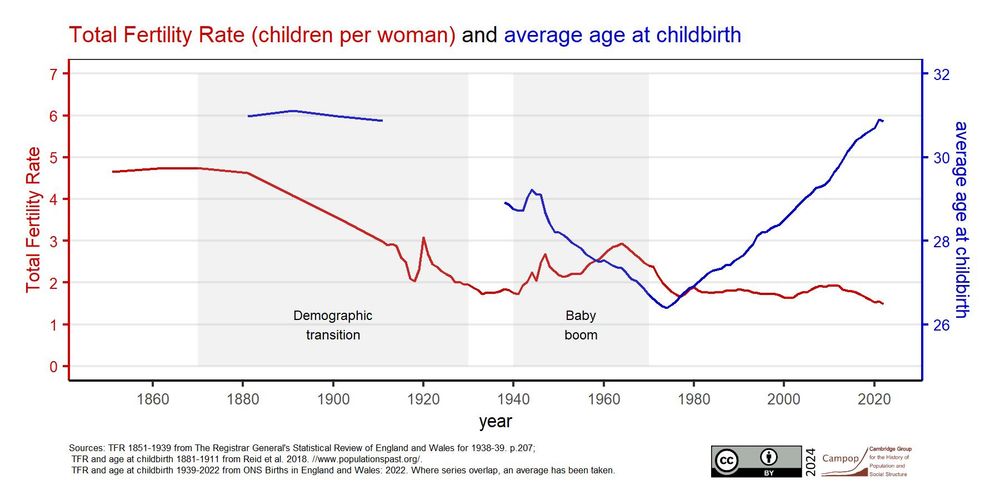




@camunicampop.bsky.social
www.campop.geog.cam.ac.uk/blog/2025/01...

@camunicampop.bsky.social
www.campop.geog.cam.ac.uk/blog/2025/01...





@camunicampop.bsky.social
www.campop.geog.cam.ac.uk/blog/2024/11...

@camunicampop.bsky.social
www.campop.geog.cam.ac.uk/blog/2024/11...




Correspondingly, 94% of married women never died of childbirth, despite repeated exposure to the risk.

Correspondingly, 94% of married women never died of childbirth, despite repeated exposure to the risk.




www.campop.geog.cam.ac.uk/blog/2024/08...

www.campop.geog.cam.ac.uk/blog/2024/08...


www.campop.geog.cam.ac.uk/blog/2024/07...

www.campop.geog.cam.ac.uk/blog/2024/07...


